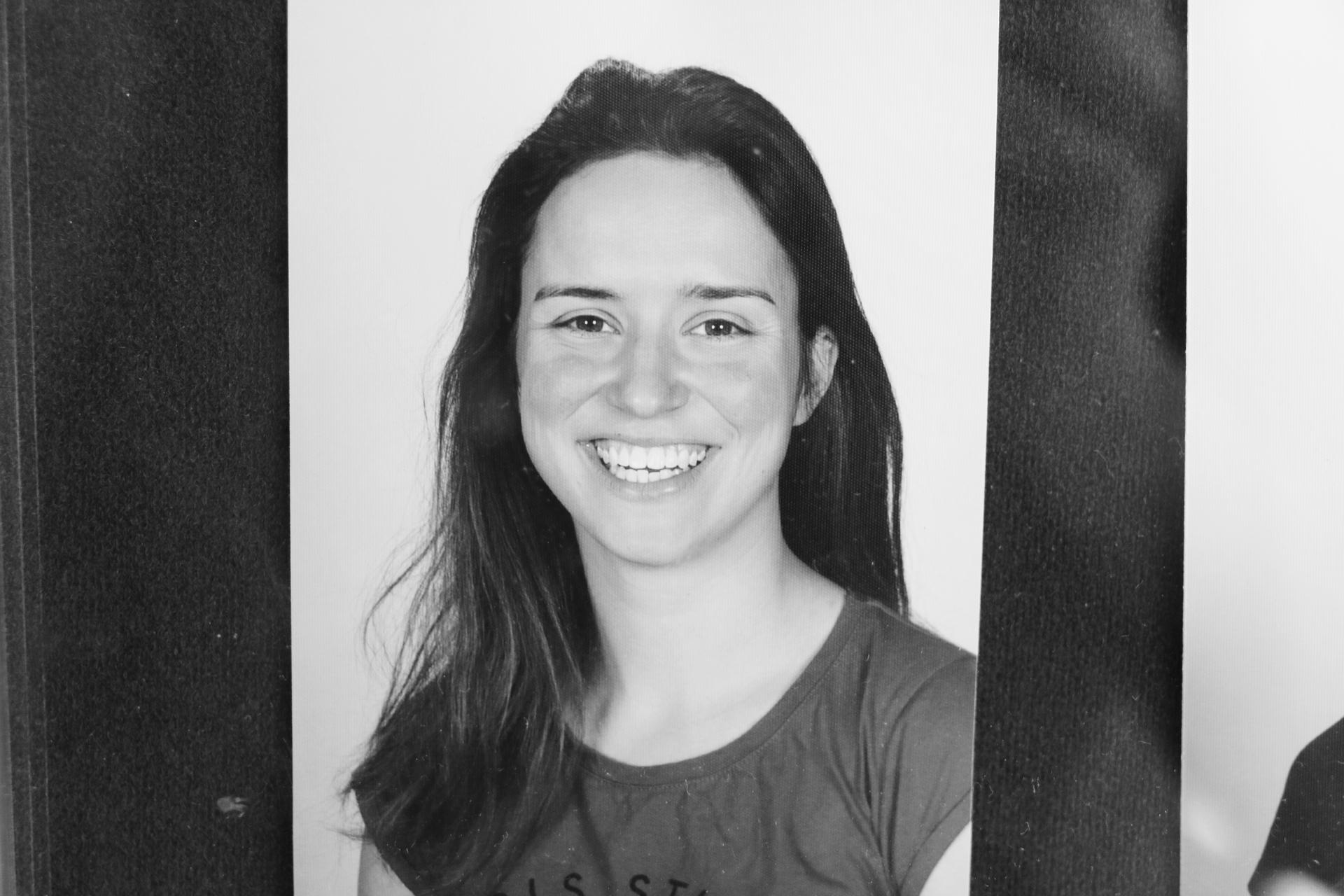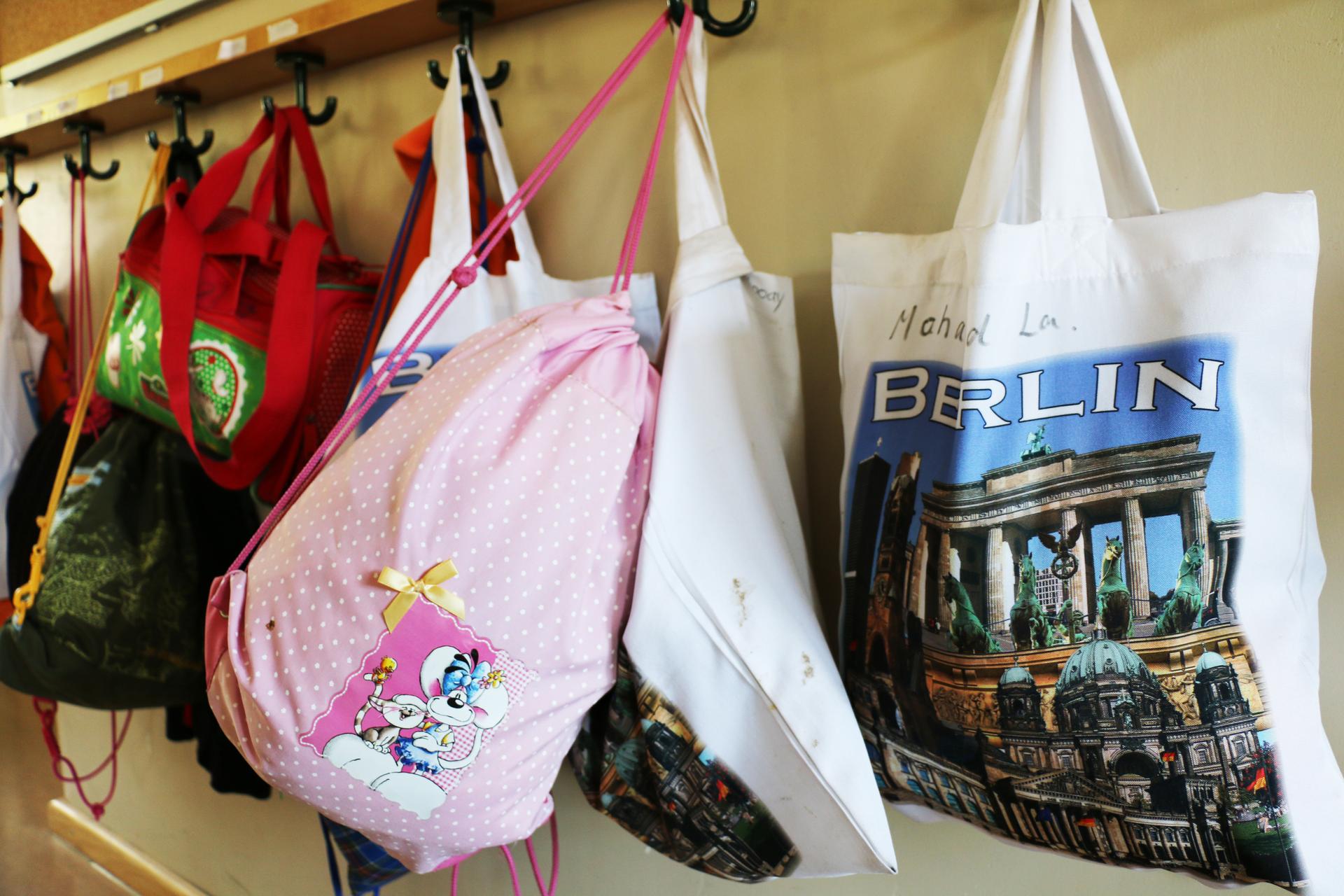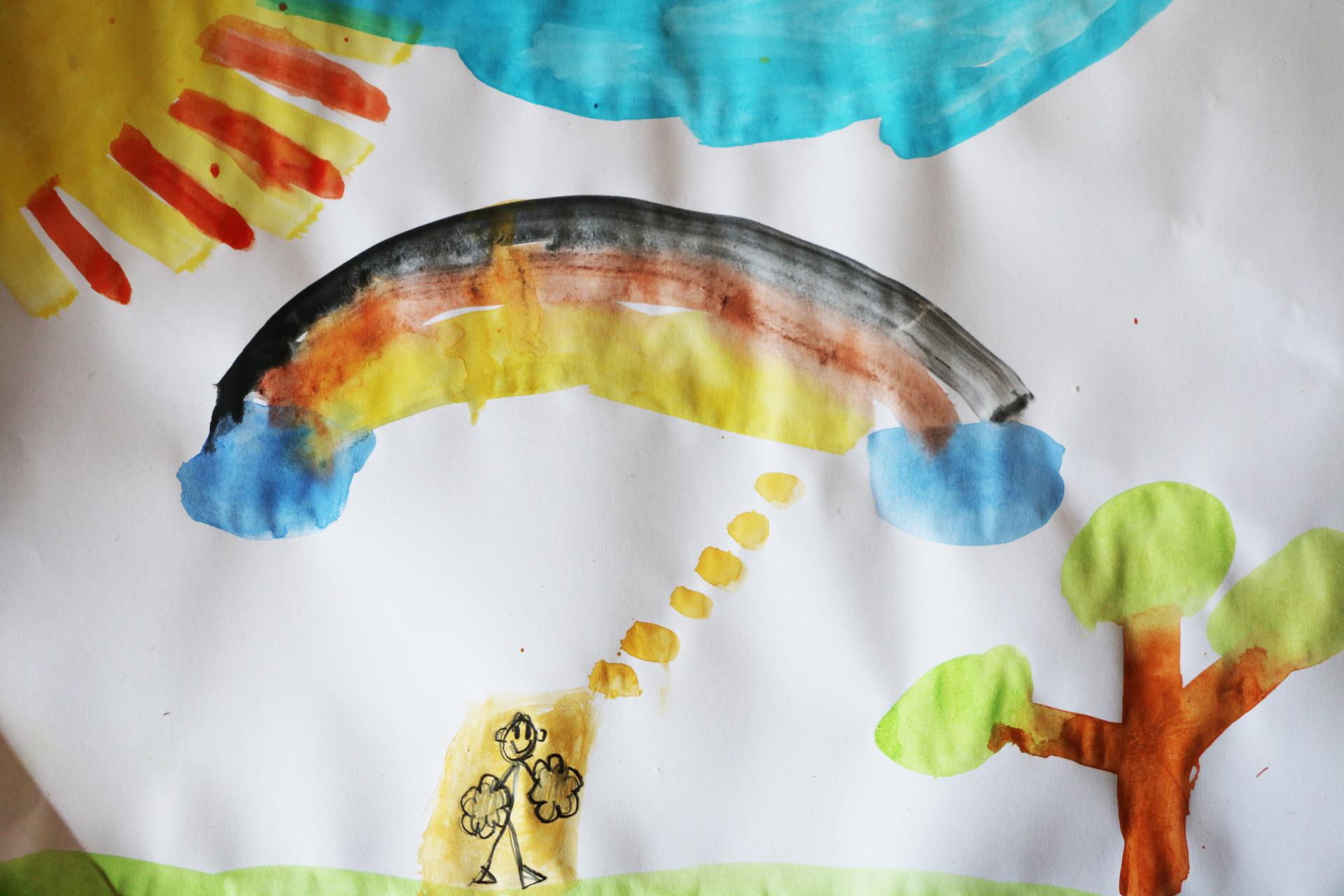This watercolor with a rainbow painted in the colors of the German flag stands out among the paintings on the classroom windowpane.
A classroom full of children is singing their hearts out in German at the beginning of the school day. The kids range in age from 6 to 12, and all of them are refugees from Afghanistan, Syria, and Chechnya. They’ve just started learning the German language, and they sing along with their teacher, who is strumming away on her guitar.
More than 1 million asylum-seekers arrived in Germany last year, presenting a big challenge to the country’s school system. Since the children didn’t speak the language, schools set up special “welcome” classes like this to teach the newcomers German inside regular schools. The goal is to then integrate the refugee children into classrooms with other students.
Six months ago, Eigenherd primary school south of Berlin took in 16 refugee kids from a neighboring town where the schools were already full. It was daunting at first, but the school quickly found a young college grad, Carolin Discher, who could teach a special German language class. She hesitated at first.
“I wasn’t really sure if this was the right job for me,” Discher says. “I was really afraid because I heard of other classes like this [where] the students don’t know any rules, that their behavior is really bad.” She continues, “And that was really the problem I had, I thought: Oh, my goodness, what happens if the students don’t listen to me because I am a woman? But, it isn't like this at all.”
But, Discher soon got over her fears. Even though she’d never taught before, her guitar and music training came in handy. She keeps the kids entertained with songs and games, and they’re learning German fast.
“It is really the best work ever,” she says. “The students, they are listening, they really want to go to school. At the beginning, when they came to school they just said, ‘Oh, Ms. Discher, Ms. Discher, the weekend was bad,’ because they couldn’t go to school.”

Though her students are the only non-German kids in the entire school, they seem right at home in the cozy environment of this classroom. After the fun activities, Discher splits the class into smaller groups for intensive language training. She coaches them on German reading, and helps the students one-on-one as they pronounce new words.
Discher also introduces the kids to German culture.
“We show them everything, and how it works here,” she says. “Later on, they can go to their [other] classes so they can make friends. That’s the important thing, that they get a normal social life and not only the life over there in the shelter,” Discher says.
After recess, the refugee children disperse into different classrooms around the school. Two second-graders, Assad and Mohammed, go upstairs to an English class. Assad is from Syria and Mohammed is from Afghanistan.
As the children around them chatter away fluently in German, the two refugee students try to keep up. Assad, the most talkative, cheerful student in the “welcome” class, suddenly becomes quiet and shy.
Then, their teacher begins speaking yet another foreign language: English.
The school’s teachers say all the kids get along. But, in this “mixed” classroom, it's clear it’s going to take some time for the German students to completely accept the new kids as peers.
During activities, no one pairs up with the refugee kids until the teacher prompts them. At one point, Mohammed starts crying when he can’t understand the question the teacher asks him. Today’s lesson is on travel, and when students start talking about their vacations in Spain, Greece, Italy, and New York, the refugee students are clearly left out. Assad raises his hand, but the teacher doesn’t call on him.
None of this is easy, according to the school principal Karen Korge.
“It is a big responsibility for the school to teach refugee children,” Korge says. “Nowadays, the teachers must be ready to differentiate very much during the lessons because there are children of very different abilities all in the same classroom.”
Even though Korge has been teaching for two decades, this is all very new. She praises teacher Carolin Discher’s warmth, and says her class has helped the refugee students feel accepted in the school.
“We are overjoyed to see how enthusiastic these children are to learn, and how happy they are to come to school,” Korge says.

Back in the bubble of the “welcome” class, Discher explains why she takes her new role seriously.
“My job here is to show them how beautiful the world can be, that they are safe here,” she says. “I really want to fight for them, to show them everything here so that they really can get on.”
One watercolor on her classroom windowpane stands out above the rest. It’s a rainbow painted in the colors of the German flag with a smiling stick figure underneath.
The World is an independent newsroom. We’re not funded by billionaires; instead, we rely on readers and listeners like you. As a listener, you’re a crucial part of our team and our global community. Your support is vital to running our nonprofit newsroom, and we can’t do this work without you. Will you support The World with a gift today? Donations made between now and Dec. 31 will be matched 1:1. Thanks for investing in our work!
